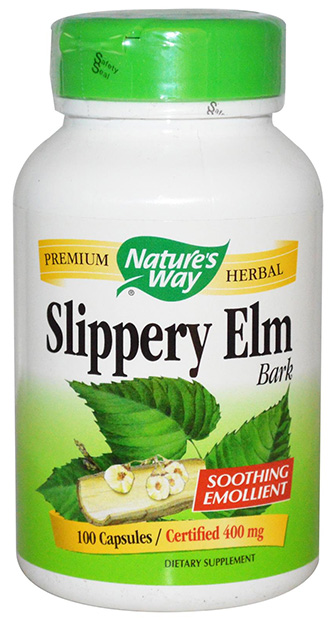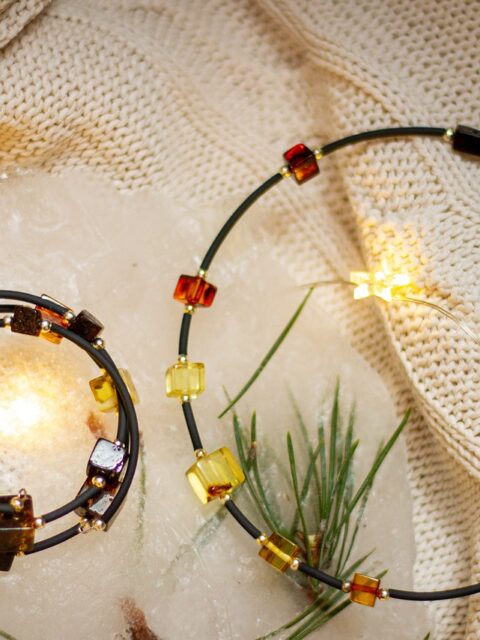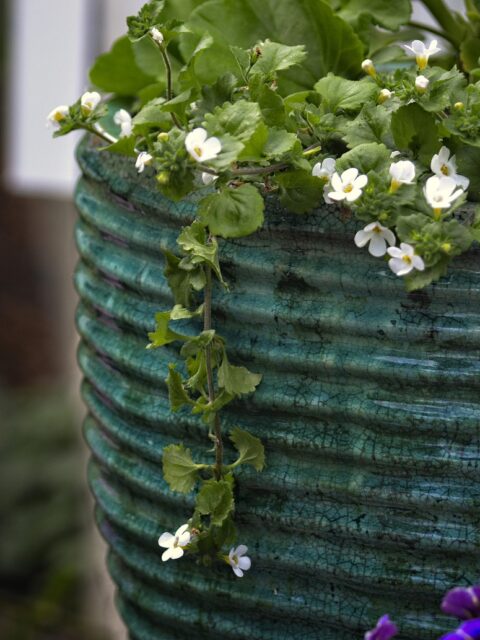Slippery elm (Ulmus fulva or Ulmus rubra) is a popular herb that has been used for a long time by Native Americans. The name “slippery” refers to the slippery consistency of the inner bark when mixed with water.
Traditionally, Slippery elm was used externally to treat wounds and bruises, and internally for sore throats and coughs. The part which is used is the dried inner bark.
Rich in vitamin C, iron, zinc, calcium, magnesium and potassium, the dried inner bark or Slippery elm is not only used as a healing remedy but also as an excellent nutritious source.
Slippery elm bark
The inner bark of the slippery elm is mucilage with a hydropholic structure.
This means that when it comes in contact with water, it causes the bark to swell in size and develop a gel-like consistency.
This specific gel of slippery elm is known to have soothing properties for the inflammation of the gastrointestinal tract and has beneficial effects on burns, wounds and ulcers.

Slippery elm benefits
- A great source of nutrients
- Soothes inflamed and irritated skin
- Relieves symptoms of gastritis, irritable bowel syndrome, Crohn’s disease
- Used in the treatment of diarrhea
- Treats bronchitis
- Intestinal parasites
- Treats gout
- Inflamed joints
Good to know: Slippery elm forms a gel-like substance when combined with water.
Side effects: Extracts from slippery elm have caused contact dermatitis, and the pollen has been reported to be allergenic.
Did you know: Due to its binding ability, Slippery elm can be used as a substitute for eggs in the culinary field.


